Our SCHOOL SERVICES
Gotham Music Academy offers a variety of services to assist public and private schools with their in-school music education and after-school music programs including:
- programming and teacher training for your music classes
- music classes taught during school hours by our instructors
- our Courses taught after school hours at your facility
SAMPLE PROGRAMMING
The following represents a sample didactic progression of our elementary school programming:
Unit 1: Pitches, Intervals, and Scales
Unit 2: Non-Pitch Sounds, Rhythm and Time Signatures
Unit 3: Sound Textures and Instruments
Unit 4: Tempo, Dynamics and Musical Structure
Unit 5: Original Composition
All of our school services are based on our innovative approach to music education which combines the following elements:
INDUCTIVE INSTRUMENT PRACTICE
Inductive instrument practice integrates the process of learning how to technically play an instrument with the intuitive exploration of musical concepts. For example, by having the students play various musical intervals, both in isolation and in sequence, and then facilitating the students’ aesthetic assessment of these intervals, students are led to an inductive understanding of scales and their various modes, and further on to an intuitive appreciation of harmonic relationships and common chord sequences based on these relationships, all rooted in the practical experience of playing an instrument.
"EAR TRAINING" & COMPOSITION
“Ear training” and composition begins with guiding students in connecting the sounds they hear “in their head” to the sounds they elicit from their musical instruments. This leads on, in an organic fashion, to the students reproducing on their instrument a theme they hear in their head – a line of tunes or beats or both; adding expressiveness by, in the case of tunes, superimposing them onto a rhythmic pattern or, in the case of beats, assigning a distinct pitch and timbre to each beat; and embellishing this musical phrase with harmonic movements. As they become more adept at “sounding out” their musical ideas, students are encouraged to experiment with ways to add variety in the presentation, thereby naturally advancing to more complex compositional techniques.
ENSEMBLE PRACTICE
In ensemble practice, students learn how to play in time and in tune within a group featuring different instruments. This not only promotes musicality but also adds depth to each student’s journey of musical discovery as they connect the particular voicings and timbres accessible on their own instrument of choice with those produced by other instruments. Students learn how to collaborate musically, creating their own arrangements and expanding their compositional horizons to encompass a wide variety of musical genres.
Paying close attention to each student’s interests, strengths and particular predisposition for certain modes of learning, our lessons generally incorporate movement, three-dimensional learning, practical application and more.
SAMPLE LESSON
Elementary school programming, in its didactic unit on Tempo, Dynamics & Musical Structure, may include the following lesson:
While exploring tempos, students engage in a game of Tempo Dice. One dice carries various tempo words, e.g., Presto, while another dice will carry the words for a specific movement, e.g., The Crab Walk. Each student gets to roll the dice and then all students will, for instance, do The Crab Walk in a Presto tempo.
